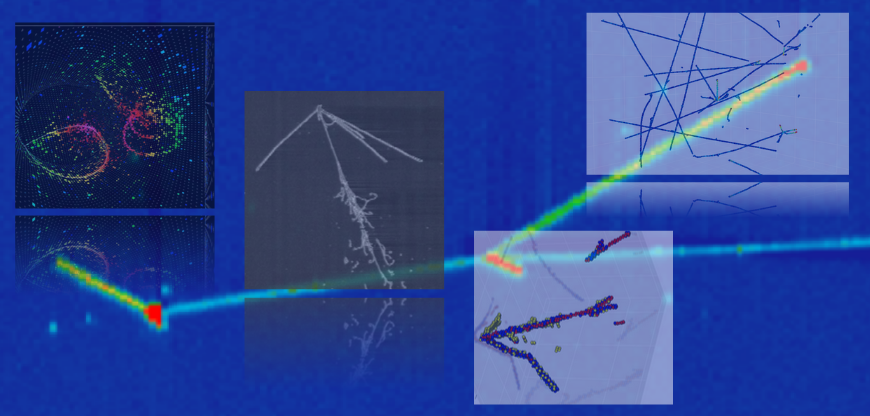Speaker
Description
The Short-Baseline Neutrino (SBN) Program at Fermilab consists of two liquid argon time projection chamber (LArTPC) detectors: the Short-Baseline Near Detector (SBND) located 110 meters downstream from the Booster Neutrino Beam (BNB) target, and the ICARUS detector positioned 600 meters downstream from the BNB target. The program is designed to probe short-baseline neutrino anomalies, including the LSND electron neutrino excess and the MiniBooNE low-energy excess. Additionally, the ICARUS detector, which also lies off-axis to the NuMI beamline, provides unique sensitivity to physics beyond the Standard Model (BSM) and novel cross section measurements not accessible through the BNB alone. To analyze the data from these detectors, we have begun employing a machine-learning-based reconstruction algorithm referred to as “Scalable Particle Imaging with Neural Embeddings” (SPINE). SPINE has shown improvement in neutrino identification and particle species discrimination for both track-like and shower-like topologies in ICARUS, with the potential to enhance the quality of measurements achievable within the SBN Program. In this talk, I will present an overview of electron neutrino analysis efforts at ICARUS that utilize SPINE, highlighting its impact on particle selection and reconstruction performance.

